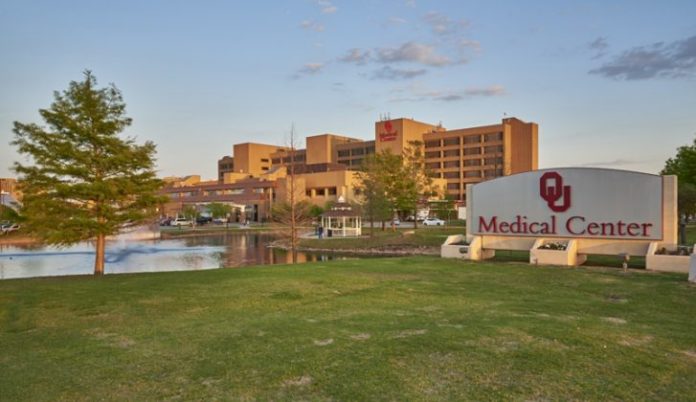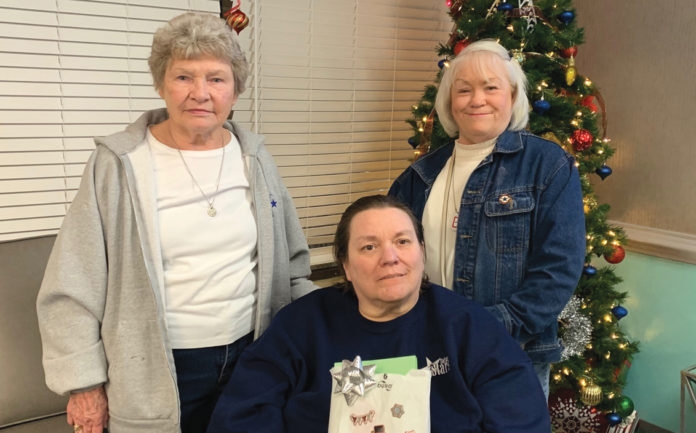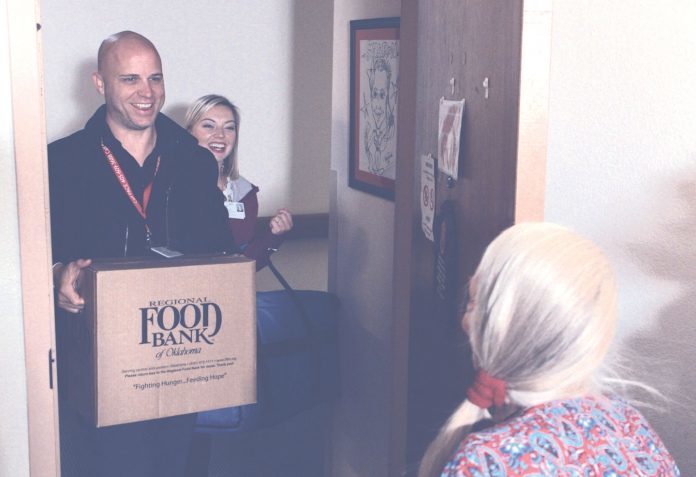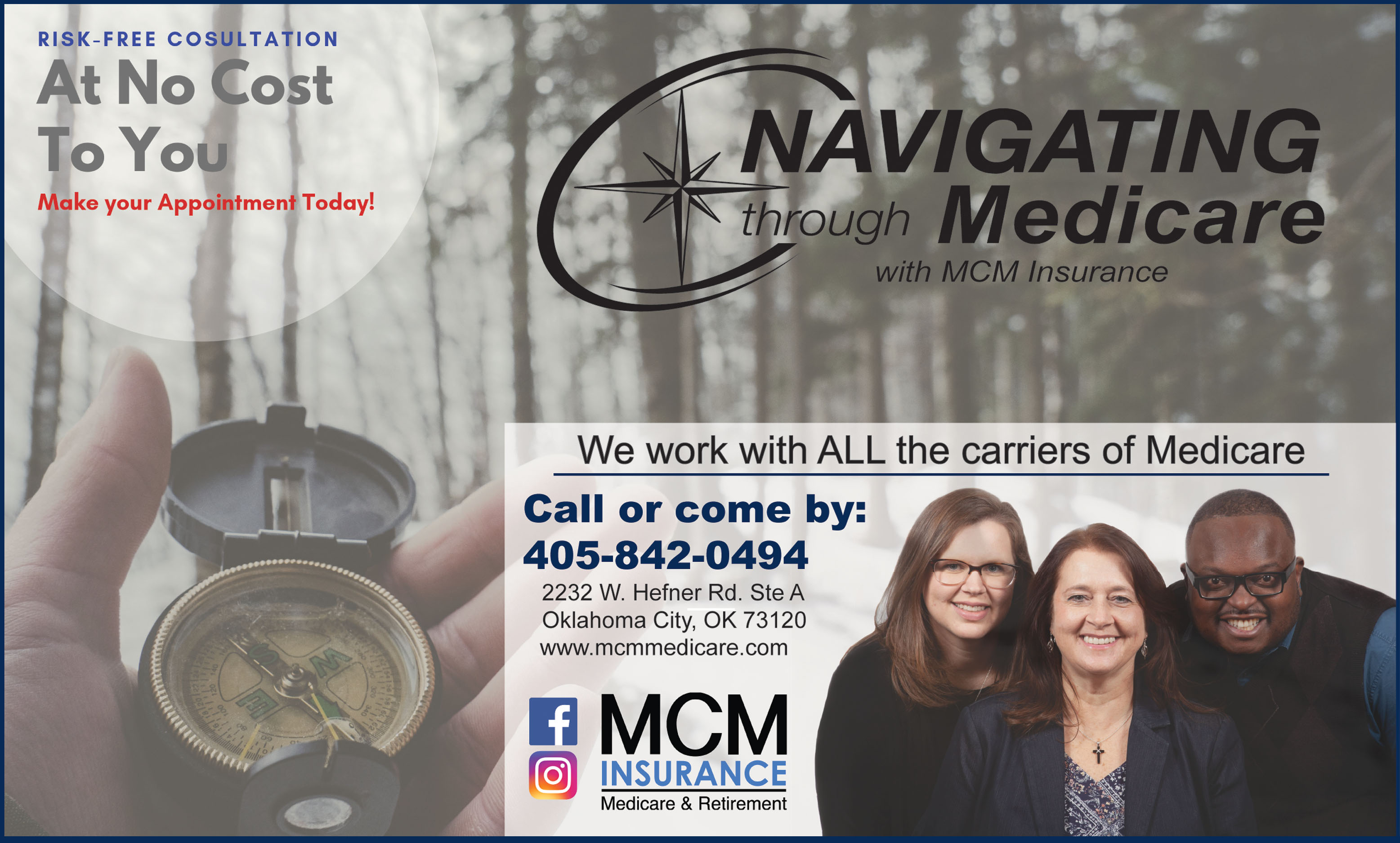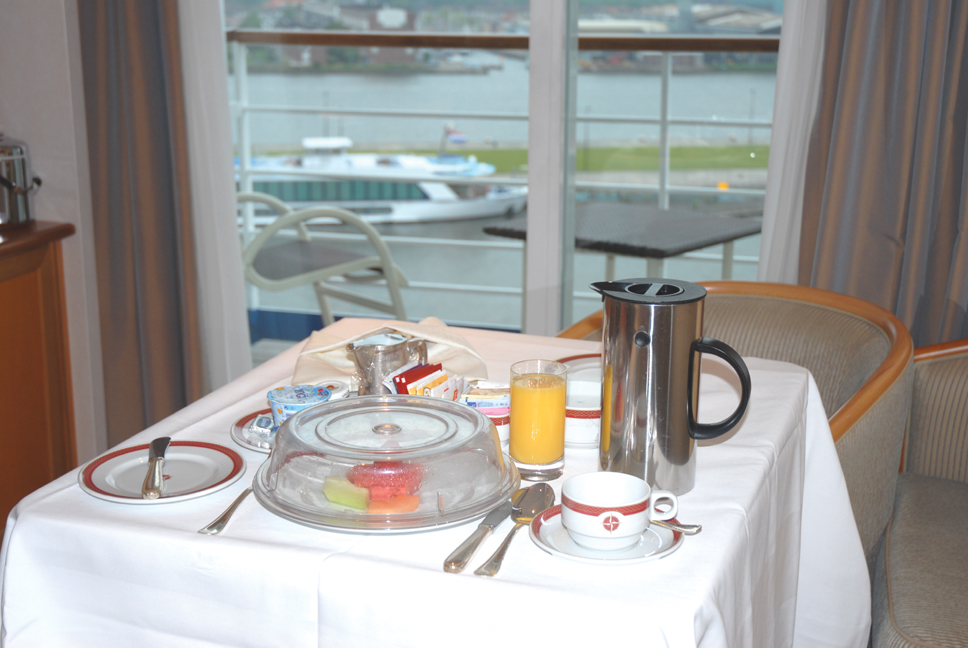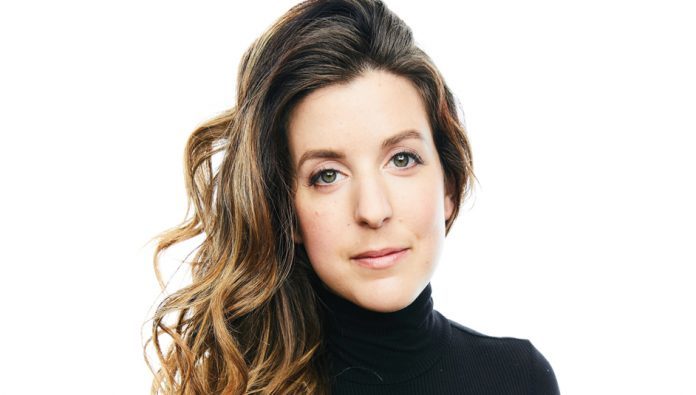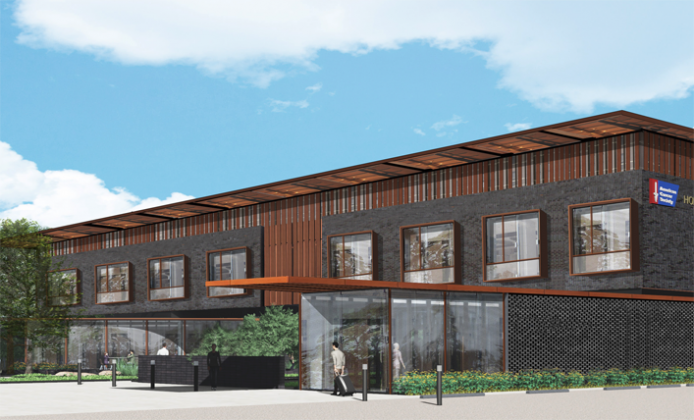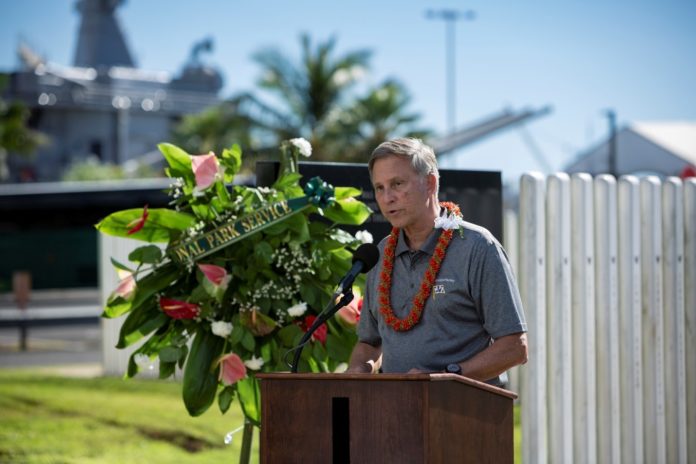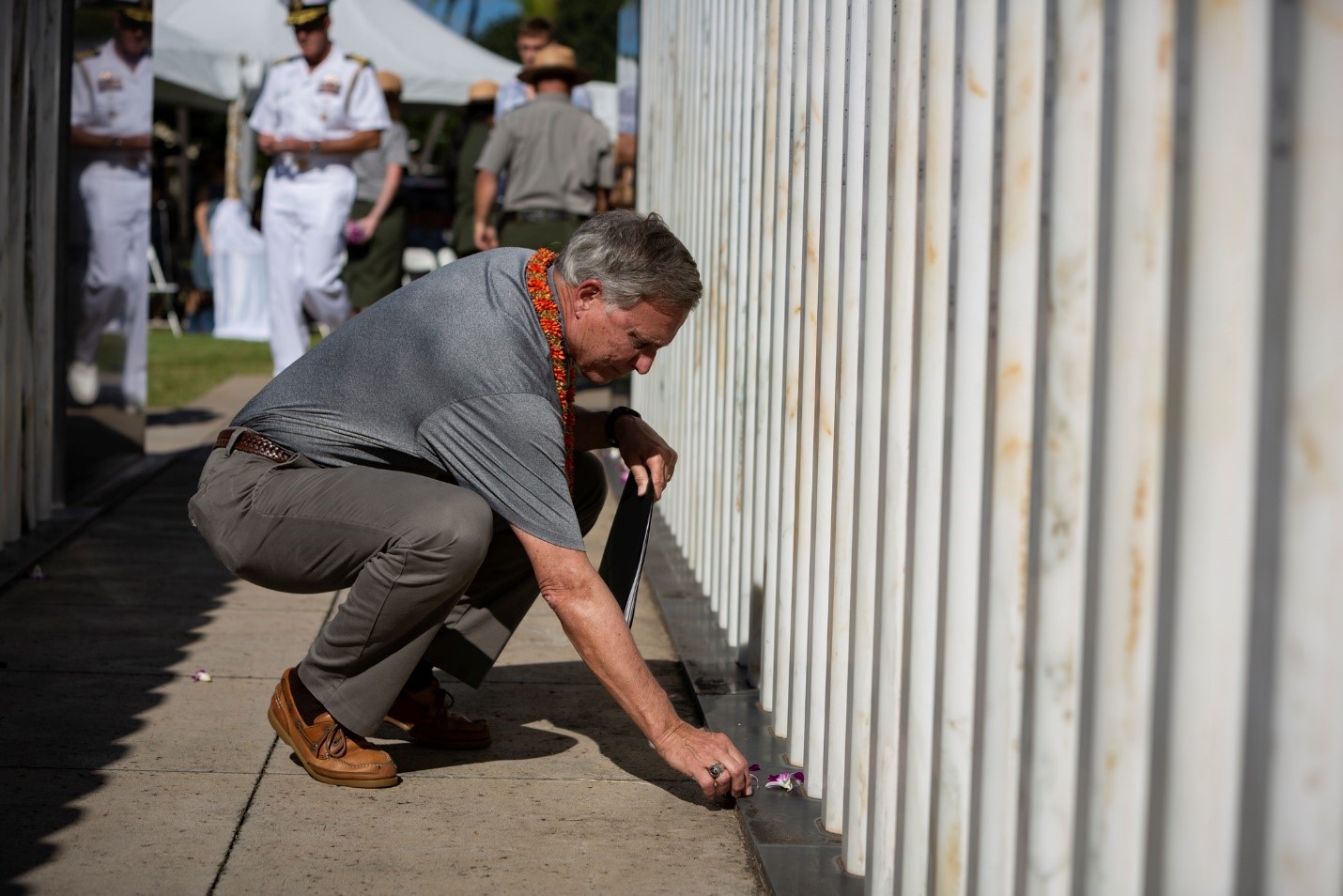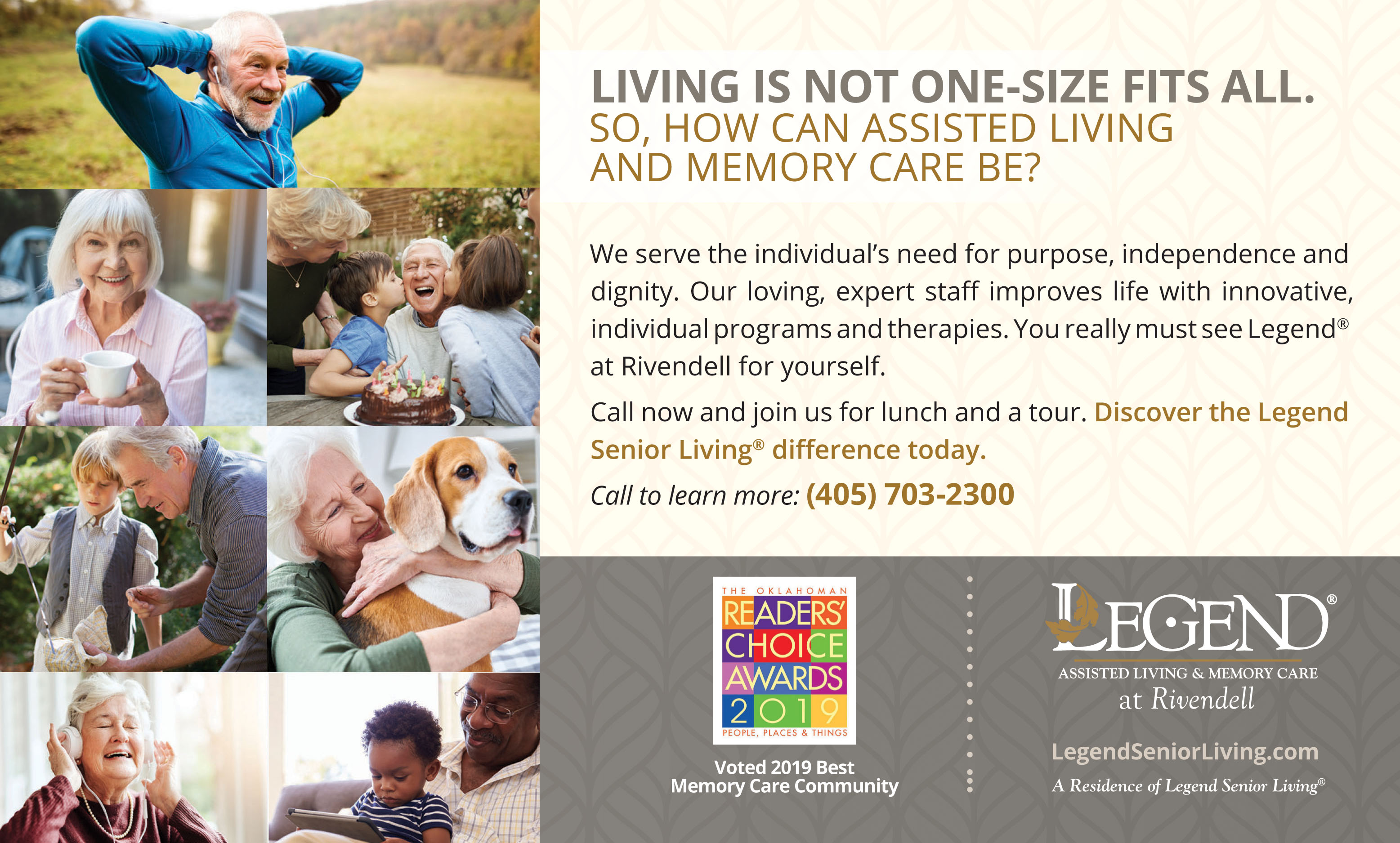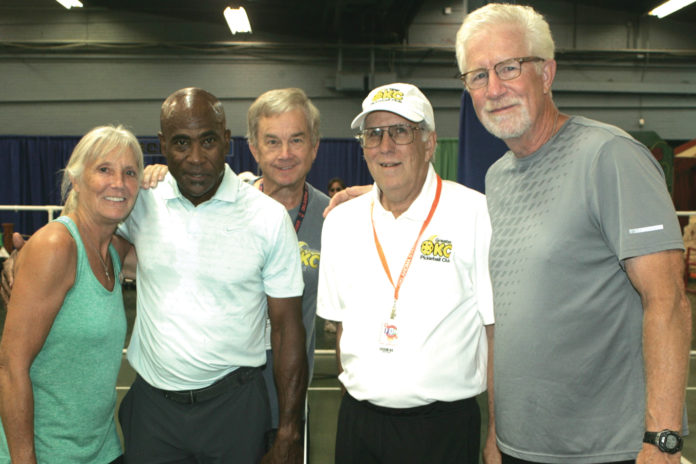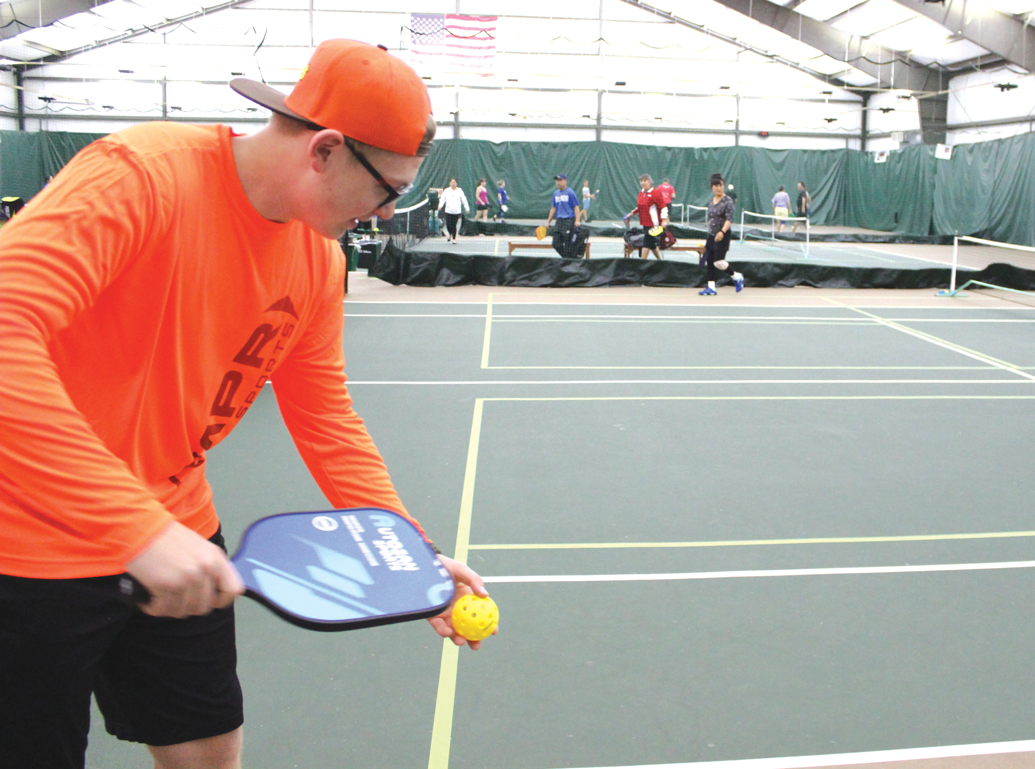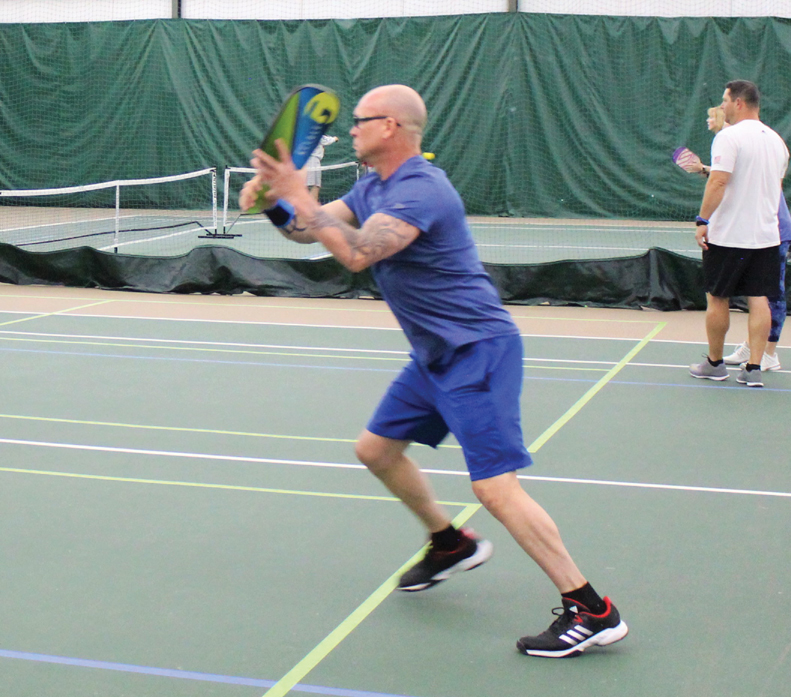
The trauma center at OU Medicine has been re-verified as a Level 1 Trauma Center by the American College of Surgeons.
In 2001, the Trauma One Center, at both OU Medical Center and The Children’s Hospital, was designated as Oklahoma’s only Level 1 Trauma Center, the highest national ranking a trauma center can receive. The verification process by the American College of Surgeons validates that trauma centers have all resources necessary for any type of trauma care.
“Earning verification from the American College of Surgeons is gratifying because it reflects the commitment and hard work that our healthcare professionals deliver day in and day out,” said OU Medical Center President Kris Gose. “The process validates that we have all resources in place to provide optimal trauma care at any time.”
As a Level 1 Trauma Center, Trauma One offers comprehensive care that can handle the most critical emergencies. Trauma One provides 24-hour coverage by general surgeons, and quick availability of care in specialties such as orthopedic surgery, neurosurgery, anesthesiology, emergency medicine, radiology, internal medicine, plastic surgery, oral and maxillofacial surgery and more.
Operating rooms and trauma surgeons are available 365 days a year, and the air ambulance Medi Flight can be dispatched in minutes to airlift patients to Trauma One. A multidisciplinary team of physicians, nurses, specialists and other health care professionals are always on site, using advanced technology to treat the most severe and critical injuries. Level 1 Trauma Centers provide total care for every aspect of injury, from prevention through rehabilitation.
In addition to serving people across Oklahoma, Trauma One, because of its location in the geographic center of the state, is ideally positioned for regional access as well. An injured person’s best chance for survival is when treatment occurs within an hour of the event. Paramedics, ambulance systems and other hospitals across the state play key roles in transporting patients to Trauma One within an hour.
“The Trauma One Center has been able to save countless lives in its nearly 20-year existence,” said Roxie Albrecht, M.D., medical director of Trauma One. “As part of a tertiary care center, it is important that we participate in continuous assessment of our program. Our aim is to always provide the highest level of care to people when they need it the most.”
The verification of Trauma One was conducted by the Verification Review Committee, a subcommittee of the Committee on Trauma of the American College of Surgeons. Verified trauma centers must meet the essential criteria that ensure trauma care capability and institutional performance, as outlined by the American College of Surgeons’ Committee on Trauma in its manual Resources for Optimal Care of the Injured Patient. There are five categories of verification in the program. In addition to submitting documentation, Trauma One had an on-site review by a team of experienced site reviewers.
Level 1 Trauma Centers like OU’s Trauma One also provide public education and prevention information to people across the state. OU’s primary areas of advocacy are: ATV Ride Safe Oklahoma, which provides classes to increase awareness of ATV safety guidelines; Stop the Bleed, a course that teaches how to save someone’s life by controlling bleeding; and concussion education for coaches, game officials, athletes and parents about the nature of concussion and head injury.


